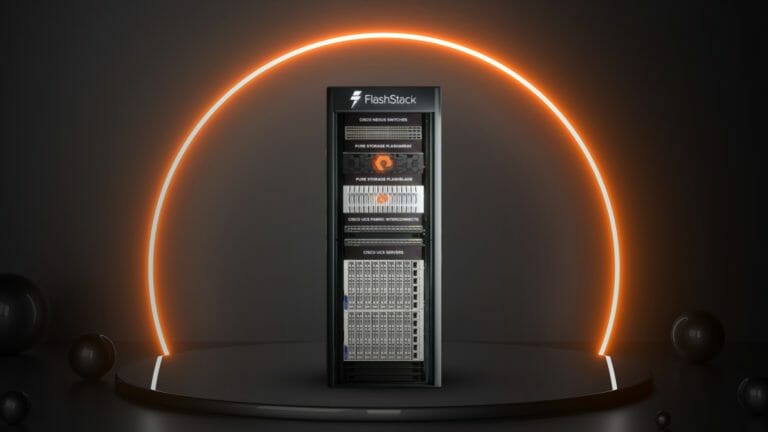The Secret Retailers Need to Know? Infrastructure as a Service
Infrastructure as a service is the secret that more retailers need to know about.
The IDC report, “Retail Industry Cloud Investment Guide for 2022” (download it for free), notes that the largest global retailers increased infrastructure as a service spending by 40% from 2020 to 2021. These are leading retailers at the top of the technology curve (some are named in the report). What do they know that other retailers don’t?
The truth is that as-a-service models make great sense for the retail industry. I’ve written about why retail needs as-a-service storage more than ever and some of the industry dynamics behind this. You can also check out my session on it:
How Infrastructure as a Service Works
Let’s look at some of the technical reasons that infrastructure as a service (IaaS) is such a compelling solution for retailers. To start, what do we mean by IaaS? It means purchasing data center infrastructure—compute, storage, and networking—via a flexible subscription model. It’s not the same as leasing equipment.
Think of it this way. When you lease a car, you’re stuck with that car for the term of the lease. You don’t own the car, but you still have no flexibility. Now, imagine if you could subscribe to a car instead. You might start with an SUV because you need the carrying capacity, but then later downsize to a sporty sedan. Then you shift back to an SUV, and you get the latest model. Wouldn’t that be incredibly useful?
That’s how FlashStack as-a-Service works. Jointly developed by Cisco and Pure Storage®, the solution lets you scale components up or down as needed in real time, which is perfect for the always-unpredictable world of retail. And it’s all delivered with the simplicity of one subscription and one bill to make your finance team happy.
FlashStack® can be deployed across your enterprise, or you can deploy it incrementally for targeted use cases. To help with this, Pure and Cisco have created over 40 Cisco Validated Designs (CVDs). These detailed deployment guides help ensure a fast and successful rollout. What’s covered? It would be easier to explain what isn’t covered.
Here are some of the many use cases covered by FlashStack:
- FlashStack for Microsoft SQL Server 2019
- Virtual Data Center in a Box (featuring VMware and Veeam)
- Virtual desktops with VMware Horizon
- Virtual desktops with Citrix XenDesktop and XenApp
- Accelerating Oracle databases
- Real-time intelligence with Splunk
There are many more, and we’re releasing new CVDs all the time.
FlashStack as-a-Service also lets you scale what you need to scale, without having to scale everything. Need more storage capacity? Scale up the storage. Need more compute? Scale that. You’re never locked in. And everything is centrally managed with copious statistics and reports delivered via Cisco Intersight.
FlashStack is also future-enabled, with an API-first design for automation and programmability. Plus, it offers fantastic support for containers and microservices—the future of retail application development. A CVD for a FlashStack containers solution is currently in development.
But most importantly, what FlashStack as-a-Service delivers is simplicity. Many retailers are behind the technology curve, and new retail technologies like in-store beacons and assisted reality shopping are driving the need for massive IT changes. There’s no time to waste struggling with infrastructure rollouts and updates. You can learn more about FlashStack’s simplicity in this blog post, which also includes a joint webinar with Pure and Cisco.
As retail IT departments struggle with daunting digital transformation projects, simplifying infrastructure helps improve sustainability, free up staff time, improve system reliability, and alleviate concerns around over- or under-provisioning in the face of constant changes in consumer buying patterns. FlashStack as-a-Service is exactly what retailers need.
Learn more about what other retailers are doing to manage digital transformation in the IDC Retail Industry “Cloud Investment Guide for 2022.”
![]()






